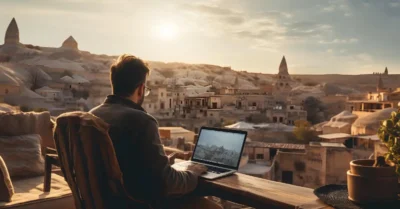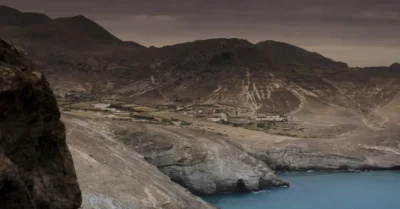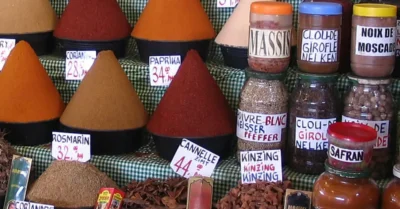Nador, known in Berber as Ennaḍur and in Arabic as الناظور, is a coastal city and the provincial capital in the northeastern Rif region of Morocco. As of the 2014 census, it had a population of approximately 161,726. The town is set apart from the Mediterranean Sea by a salt lagoon known as Sebkha Bou Areq in Arabic, Bḥar Ameẓẓyan in Berber, or Mar Chica in Spanish. Located just 10 kilometers (6.2 miles) south of the Spanish city of Melilla, Nador was established in the 19th century and remained under Spanish rule until Morocco gained independence in 1956. The Nador Province is home to over 600,000 inhabitants, predominantly of Riff-Berber ethnicity, making Nador the second-largest city in the Eastern region after Oujda.
The economy of Nador and its surrounding region is diverse, encompassing fisheries, agriculture, and light and heavy industries. Notably, the economy has seen significant growth recently, especially in the manufacturing sector. This includes the construction of a metal processing complex, which utilizes iron ore from Wiksan, a mountain in the Rif range, and anthracite from Jerada. Other industries include textiles, chemicals, and electronics.
During the summer months of June to August, Nador welcomes an influx of people who are originally from the region but are living in Europe. These visitors, who often number more than 250,000 annually, typically stay with relatives or in rented or owned apartments rather than hotels. This return of the diaspora contributes significantly to the local economy.
Nador’s strategic location on the Mediterranean coast and its proximity to the Spanish enclave of Melilla foster a robust international trade. This is particularly evident in the city’s widespread sale of Spanish-made groceries and household goods. Nador was previously infamous as a hub for smuggling cheap Spanish and Chinese duty-free goods. While smuggling has declined, it still competes with smuggling streams from Algeria. A wide range of used consumer goods from Europe and China find their way to Morocco and Africa through Melilla and Nador, both legally and illegally, including preserved food, clothing, shoes, electrical appliances, and more complex hardware.
In summary, Nador is a vibrant city with a rich history and a diverse economy. Its strategic location and cultural heritage make it a unique and vital city in Morocco’s northeastern Rif region.












